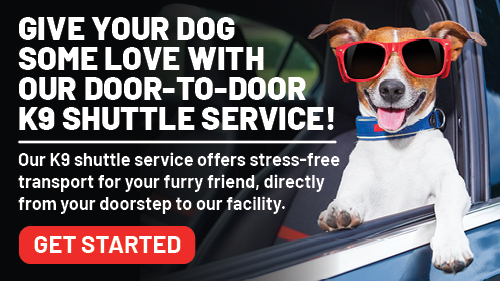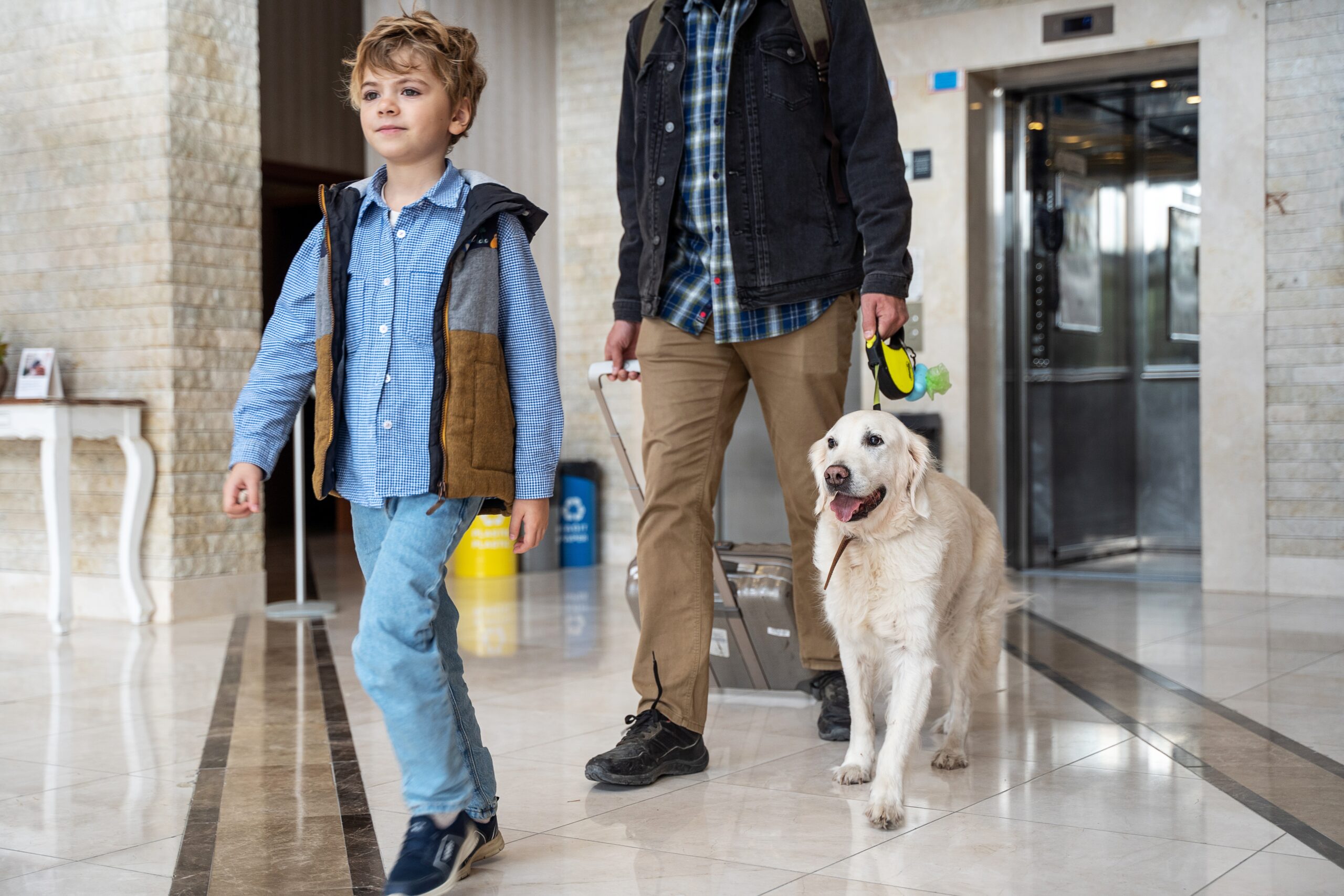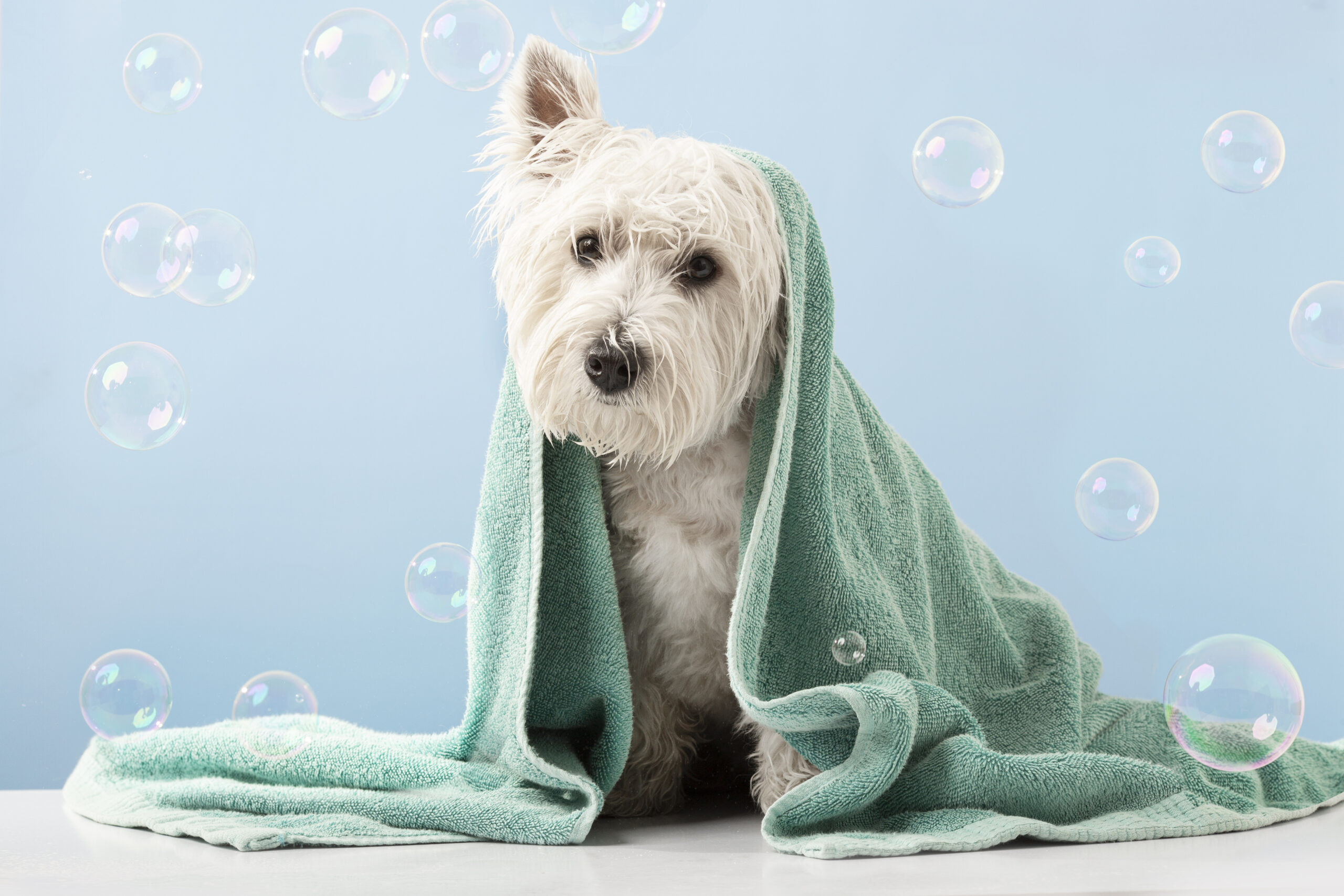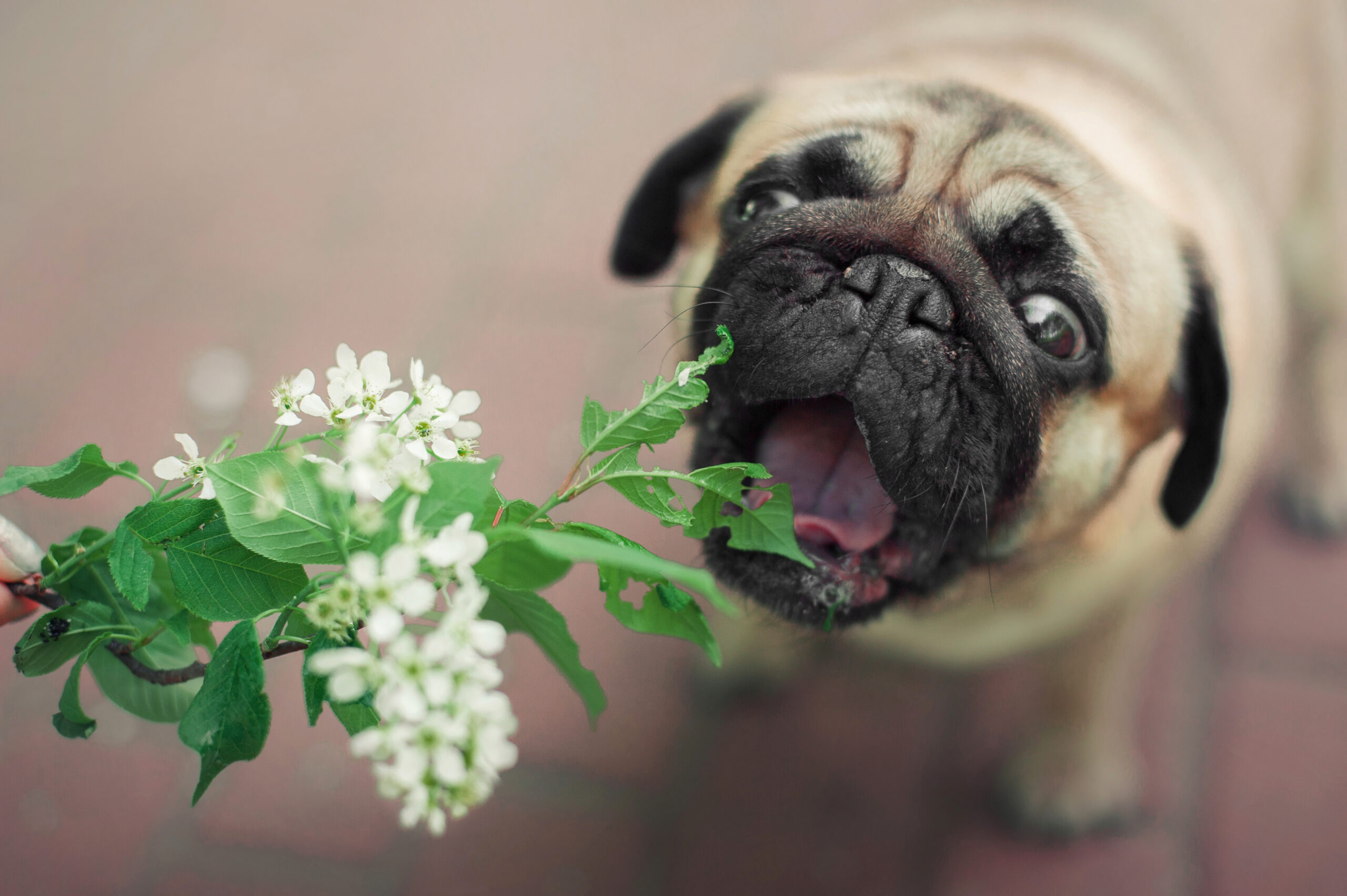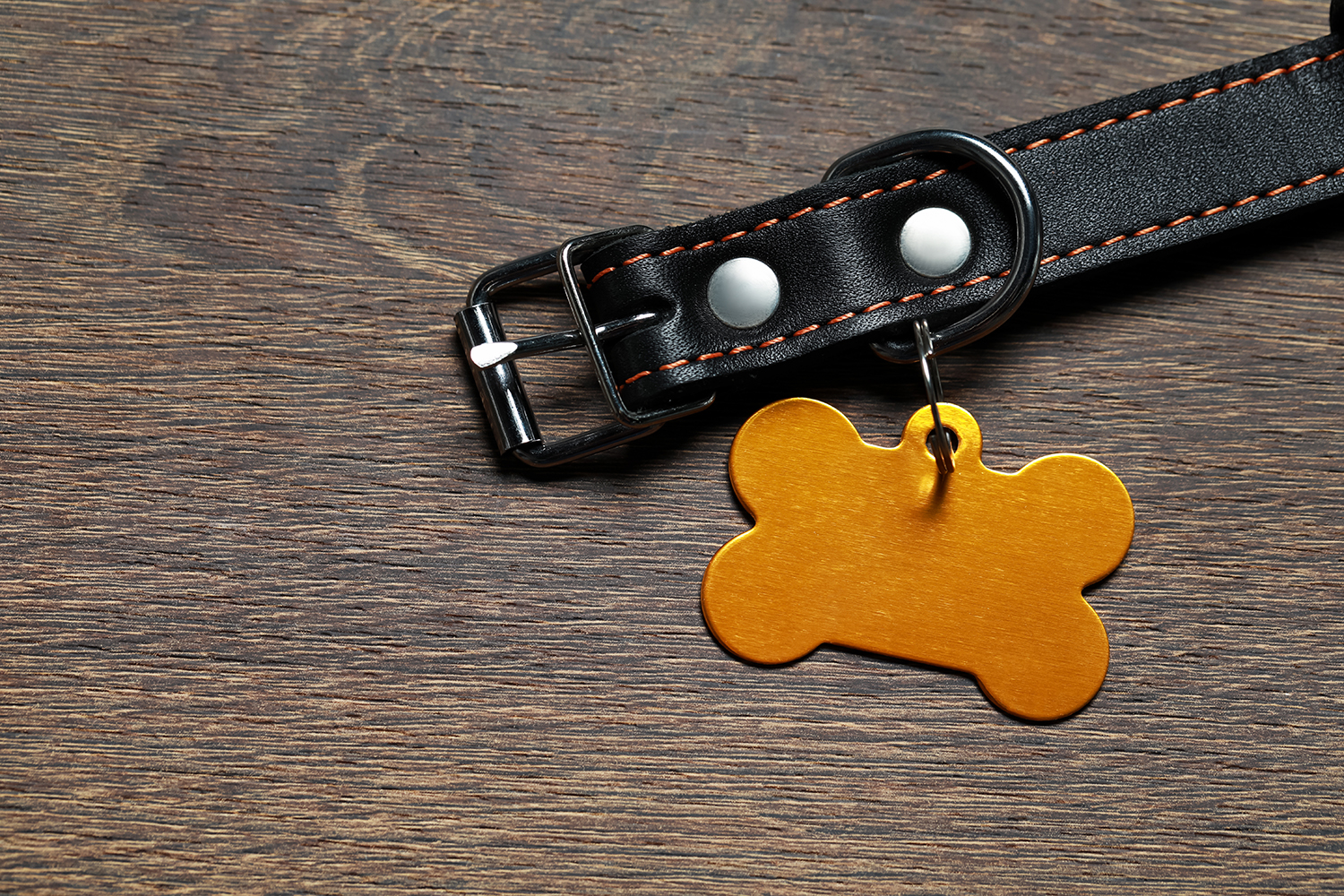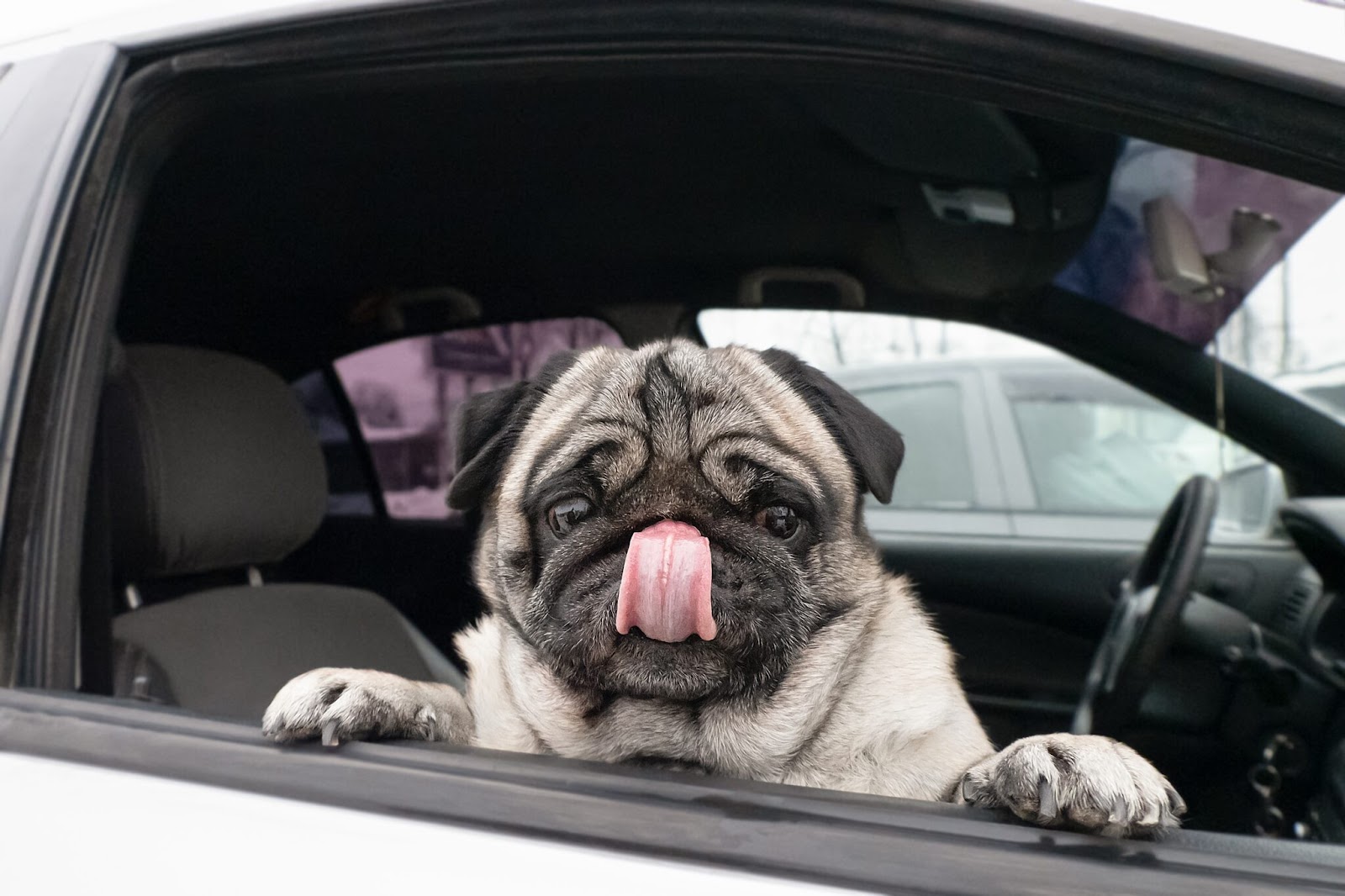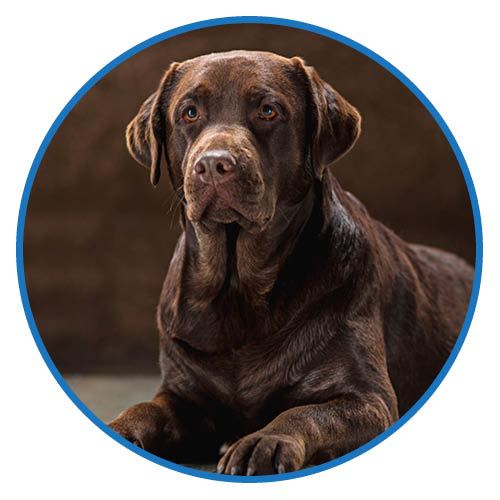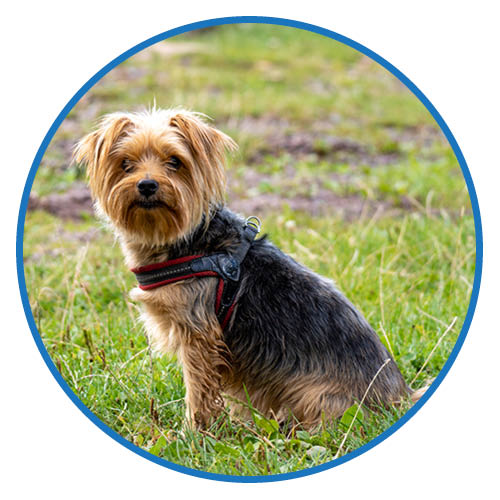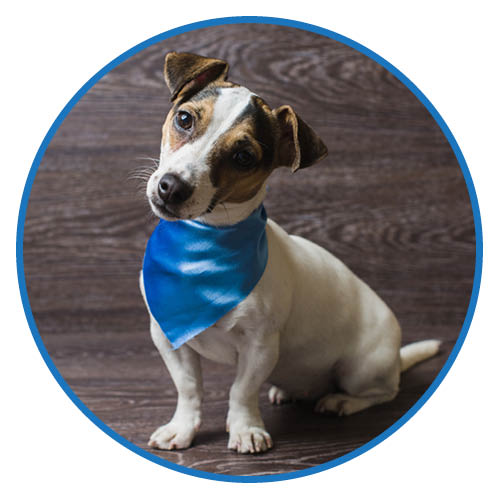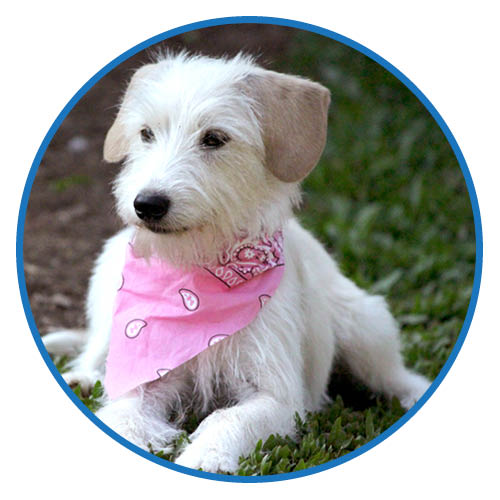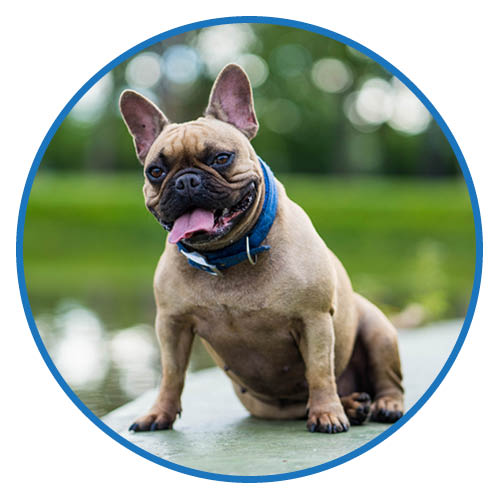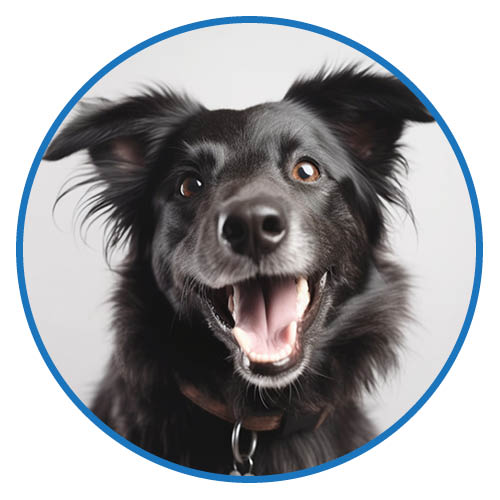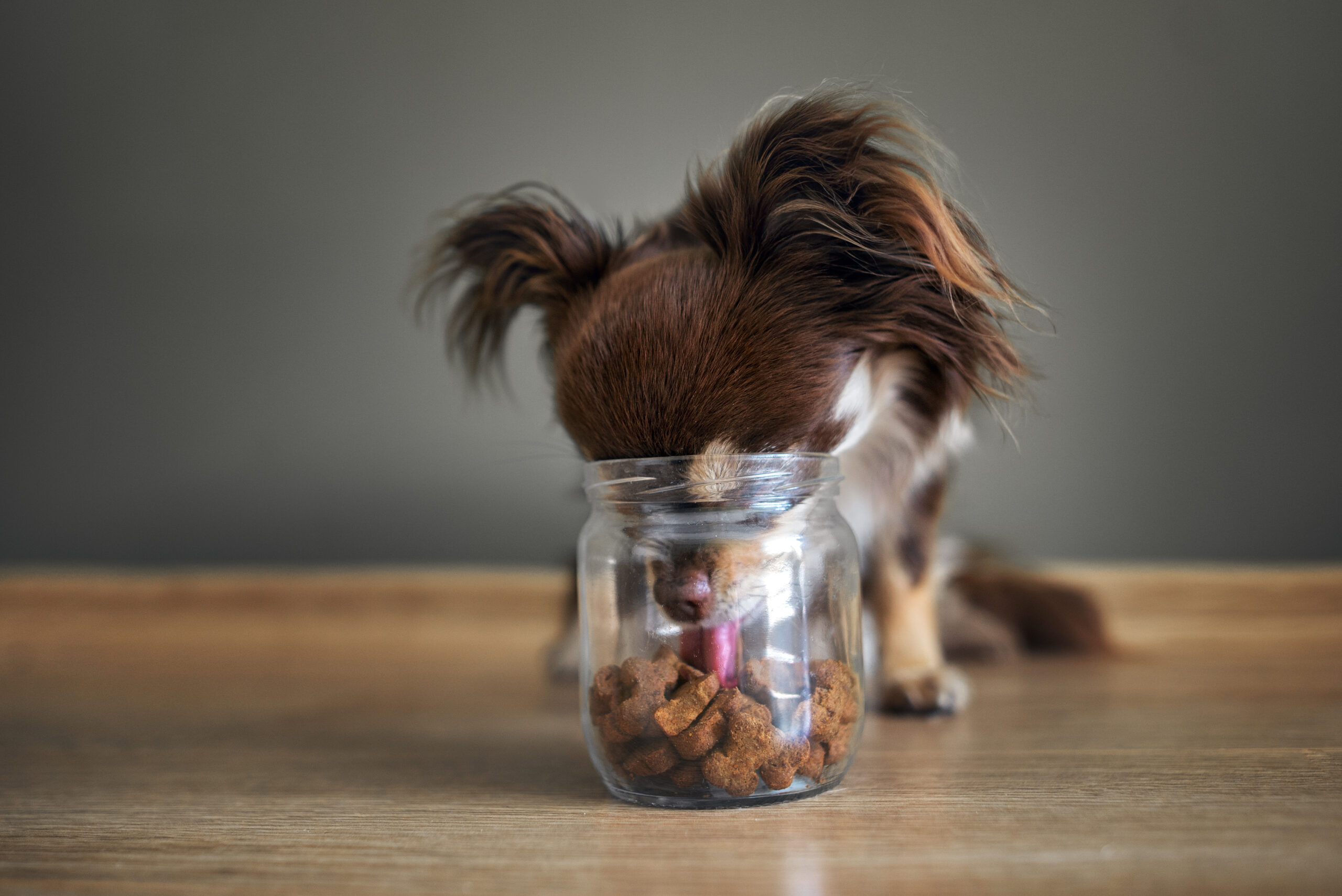
More and more pet owners are choosing to make homemade dog food for their furry friends. This trend towards vet-approved homemade dog food recipes comes from a desire to give dogs healthier, more controlled diets.
To keep your pet healthy, it’s important to use vet-approved recipes. These recipes are made to meet the nutritional needs of dogs, helping them stay healthy and avoid any deficiencies.
Here are some benefits of making homemade dog food:
- Addressing specific health concerns: Customizing meals to accommodate allergies, digestive issues, or other medical conditions.
- Dietary restrictions: Tailoring diets for dogs with unique dietary needs or preferences.
- Quality control: Using high-quality, fresh ingredients free from additives and preservatives found in commercial dog foods.
By choosing vet-approved homemade dog food, pet owners can take an active role in their dog’s nutrition and overall health. But remember, it’s not just about the food; training is also a key part of your dog’s development.
For those who prefer a more convenient option, our Pick-Up Service ensures hassle-free transportation for your pet to and from our facility.
We appreciate your trust in us for your pet’s training and care, and we are committed to delivering excellence at Top Dog Training & Resort.
Understanding Dog Nutrition
Nutritional Needs of Dogs
Dogs have unique nutritional needs that differ significantly from humans. Unlike humans, dogs rely heavily on specific nutrients for optimal health. Meeting these requirements is crucial to maintaining their overall well-being.
Key Components of a Balanced Diet for Dogs
A balanced diet for dogs includes a precise combination of the following components:
Protein
- Essential for muscle development and tissue repair.
- Sources: Chicken, turkey, fish, and lean meats.
- Recommended: 10% of the diet.
Carbohydrates
- Provide energy and aid in digestion.
- Sources: Rice, pasta, oats, and sweet potatoes.
- Recommended: Up to 50% of the diet.
Fiber
- Supports digestive health and maintains regular bowel movements.
- Sources: Peas, green beans, carrots, and pumpkin.
- Recommended: 2.5-4.5% of the diet.
Fats
- Necessary for energy, skin health, and absorption of fat-soluble vitamins.
- Sources: Vegetable oils, fish oils, and animal fats.
- Recommended: Approximately 5.5% of the diet.
Vitamins
- Vital for metabolic functioning and immune support.
- Examples: Vitamin A (from carrots), Vitamin D (from fish oil), Vitamin E (from leafy greens).
Minerals
- Important for bone health, nerve function, and overall cellular processes.
- Examples: Calcium (from dairy or supplements), Iron (from meat), Zinc (from whole grains).
Ensuring a balanced intake of these nutrients is paramount to your dog’s health. Using vet-approved recipes can help achieve this balance effectively. Additionally, enrolling your dog in a dog day school can provide them with essential training while also ensuring they receive proper care and nutrition during their stay.
Factors to Consider Before Switching to Homemade Diets
Importance of Complete and Balanced Recipes
Creating nutritious meals for your dog requires careful planning. Ensuring that the recipes are complete and balanced is vital for maintaining your dog’s health. Incomplete diets can lead to nutrient deficiencies or imbalances, which may affect your dog’s growth, energy levels, and overall well-being.
Key points to ensure balanced recipes:
- Protein: Essential for muscle development and repair. Include sources like chicken, turkey, and fish.
- Carbohydrates: Provide energy. Use ingredients such as rice or pasta.
- Fiber: Aids in digestion. Include vegetables like peas, green beans, and carrots.
- Fats: Necessary for healthy skin and coat. Use oils like vegetable or fish oil.
- Vitamins and Minerals: Crucial for metabolic functions. Incorporate a vet-approved supplement if needed.
Time Commitment in Cooking for Dogs
Cooking for dogs can be time-consuming but is manageable with proper planning.
Tips for efficient meal preparation:
- Batch Cooking: Prepare large quantities at once and store them in the refrigerator or freezer.
- Meal Prepping: Allocate a specific day of the week to cook and portion meals.
- Cooking Techniques: Utilize slow cookers or steamers to simplify the process.
Efficient meal prep not only saves time but also ensures that your dog receives fresh meals consistently.
Cost-Effectiveness of Fresh Ingredients vs. Commercial Dog Food
While using fresh ingredients might seem expensive initially, it can be more cost-effective over time compared to commercial dog food.
Factors impacting cost-effectiveness:
- Quality Control: Homemade diets allow control over ingredient quality, potentially reducing vet bills from diet-related health issues.
- Bulk Purchasing: Buying ingredients in bulk can lower costs significantly.
Comparing costs:
- Commercial dog foods often contain fillers that provide little nutritional value.
- Fresh ingredients contribute directly to your dog’s health without unnecessary additives.
Understanding these factors enables pet owners to make informed decisions about transitioning their dogs to homemade diets, ensuring both nutritional adequacy and practicality.
However, it’s important to note that switching diets can sometimes lead to behavioral changes in pets. For instance, a sudden change in diet might cause some dogs to become less obedient than usual. To mitigate this, it’s advisable to seek professional help from dog training experts.
Moreover, if you’re considering a boarding kennel while you transition your pet’s diet or during vacations, remember that good dog boarding facilities like Top Dog Training & Resort ensure a safe and comfortable stay for your furry friend.
Consulting with Professionals and Finding Reliable Recipes
Consult with a Veterinarian about Dog Diets
Before switching your dog to a homemade diet, it’s important to talk to a veterinarian or a canine nutritionist. These experts can:
- Assess your dog’s specific nutritional needs based on factors like breed, age, weight, activity level, and health status.
- Provide personalized recommendations to ensure that the homemade diet meets all required nutrients.
- Help identify any potential allergies or intolerances your dog may have.
- Monitor your dog’s health during the transition period and offer adjustments if necessary.
Finding Trustworthy Sources for Homemade Dog Food Recipes
To ensure the health and well-being of your pet, it is essential to use vet-approved homemade dog food recipes. Here’s how you can find reliable sources:
- Veterinary Clinics and Hospitals: Many veterinary practices offer resources or can refer you to a veterinary nutritionist who specializes in homemade diets.
- Canine Nutrition Textbooks and Manuals: Check out authoritative resources like the Merck Veterinary Manual and National Academies Press publications for guidelines on balanced nutrition for dogs.
- Certified Canine Nutritionists: Look for professionals with certifications from reputable organizations such as the American College of Veterinary Nutrition (ACVN).
- Online Databases and Recipe Websites: Explore websites like Balance IT, run by veterinarians, which offers customized recipes based on your dog’s specific needs. Additionally, pet nutrition sections on veterinary university websites often provide vetted recipes and advice.
- Commercial Supplements: Some companies offer supplements that can be added to homemade meals to ensure they are nutritionally complete. Examples include Balance IT Canine Supplement and Pet Multivitamin Supplements. Always verify that these products meet the standards set by veterinary guidelines.
Importance of Vet-Approved Recipes
Using vet-approved recipes ensures that your dog’s diet is:
- Complete and Balanced: Covers all essential nutrients in the correct proportions.
- Safe: Free from ingredients that could be harmful or cause allergies.
- Tailored: Specific to your dog’s unique needs and health conditions.
By working closely with veterinary professionals and using trusted resources, you can confidently provide a healthy, balanced homemade diet for your dog.
Additionally, considering professional services like those offered at Top Dog Training & Resort, could further enhance your dog’s overall well-being. They provide tailored solutions for pet training and care, ensuring that every aspect of your dog’s life is well-managed.
Moreover, if you’re looking for a safe and friendly environment while you’re away, our Dog Day School might be an excellent option. Each pet is evaluated to match their personality with the appropriate group, making it a perfect fit for your furry friend.
Lastly, regular grooming is also essential for maintaining your dog’s health. There are numerous benefits of grooming your dog regularly, which include improved hygiene, early detection of health issues, and enhanced appearance.
Measuring Ingredients and Cooking Techniques for Homemade Dog Food
Importance of Accurate Ingredient Measurement
To make sure your homemade dog food recipes are consistent and balanced, it’s important to measure ingredients accurately. Dogs have specific dietary needs, and even small changes can affect their health. Here are some key points to keep in mind:
- Nutrient Balance: Precise measurements help maintain the correct ratio of protein, carbohydrates, fiber, fats, vitamins, and minerals.
- Portion Control: Accurate portions prevent overfeeding or underfeeding, addressing issues of weight management effectively.
- Consistency: Consistency in meals ensures your dog receives the same nutritional benefits daily.
Using a kitchen scale is highly recommended. Measuring ingredients by weight rather than volume ensures greater accuracy, especially for critical components like supplements and oils.
Cooking Techniques for Nutritious Dog Meals
Different cooking techniques can be used to prepare nutritious meals for dogs. Here are several methods that preserve nutrients while ensuring safety and palatability:
Steaming Vegetables
- Benefits: Retains more vitamins and minerals compared to boiling.
- Technique: Steam vegetables like peas, green beans, and carrots until tender but not mushy. This method helps soften fibrous vegetables, making them easier to digest.
Slow Cookers
- Benefits: Convenient for preparing large batches; retains flavors and nutrients.
- Technique: Place protein sources (e.g., chicken or turkey) along with vegetables and grains into a slow cooker. Cook on low heat for 6-8 hours. Slow cooking breaks down food adequately without nutrient loss from high temperatures.
Gentle Sautéing
- Benefits: Enhances flavor while preserving key nutrients.
- Technique: Use minimal oil to sauté proteins or vegetables on low-to-medium heat until cooked through. Avoid high heat which can degrade sensitive nutrients.
Blanching Vegetables
- Benefits: Preserves color, texture, and nutritional value.
- Technique: Briefly immerse vegetables in boiling water followed by an ice bath. This method is excellent for leafy greens which lose nutrients quickly when overcooked.
Baking Proteins
- Benefits: Even cooking without added fats.
- Technique: Bake meats such as chicken breasts or fish fillets at moderate temperatures (350°F/175°C) until thoroughly cooked but not dry.
Each technique has its merits, offering diverse ways to create balanced and appealing meals for your canine companion. Experimenting with these methods can help you find what works best for your dog’s preferences while maintaining a nutritious diet.
By focusing on accurate measurements and appropriate cooking techniques, you ensure that homemade dog food meets the necessary nutritional standards for your pet’s health.
While preparing these meals, it’s also essential to consider your dog’s overall well-being beyond just diet. Engaging in outdoor activities during summertime or ensuring they are properly groomed with professional dog grooming services can greatly contribute to their happiness and health. Moreover, if you’re in an area experiencing harsh winters, it’s crucial to know how to protect your dog in snow and ice. Remember, providing a balanced diet is just one aspect of being a responsible pet owner; ensuring their overall well-being is equally important.
Monitoring Your Dog’s Health During Transition and Special Considerations
Monitoring Your Dog’s Health
Transitioning from commercial to homemade dog food requires careful observation. Here are some tips:
- Observe Digestive Health: Look for signs of digestive upset such as diarrhea, constipation, or vomiting. Monitor stool consistency and frequency.
- Check for Allergies: Pay attention to symptoms like itching, redness, swelling, or gastrointestinal distress that may indicate food allergies. Learn how to tell if your pet has allergies.
- Track Weight and Body Condition: Regularly weigh your dog and note any significant weight changes. Adjust meal portions as necessary.
Consulting a Veterinarian
Consulting a veterinarian is essential in certain scenarios:
- Specific Dietary Needs: Dogs with medical conditions like kidney disease, diabetes, or pancreatitis require tailored diets. A vet can provide specific dietary recommendations.
- Unintended Side Effects: If you notice any adverse reactions during the transition, seek veterinary advice promptly.
By closely monitoring your dog’s health and consulting with a veterinarian when necessary, you ensure the homemade diet supports their overall well-being.
Special Considerations
During this transition phase, it’s also important to be aware of other health issues that might arise. For instance, if your dog develops a persistent cough, it could be kennel cough, which is not uncommon during times of stress or dietary change.
Additionally, keep an eye on your dog’s nose health. A healthy dog generally has a cold, wet nose when they’re awake. If you notice any unusual dryness or cuts on their nose, it could indicate an underlying issue that needs addressing.
Lastly, if you’re unfamiliar with training your dog to adapt to the new diet or lifestyle changes, consider enrolling them in some obedience training classes. This can help ease the transition process and ensure your dog adjusts well to their new homemade diet while maintaining good behavior.
Conclusion
Exploring vet-approved homemade dog food recipes gives pet owners a chance to take control of their dog’s nutrition and health. By preparing meals at home, you can:
- Tailor ingredients to address specific health concerns or dietary restrictions
- Ensure quality by using whole food ingredients, which are often healthier than processed options
- Monitor and adjust your dog’s diet based on their unique needs and responses
Prioritizing proper nutrition through carefully crafted recipes contributes significantly to the well-being of your furry friend. Always consult with professionals and stay informed about best practices. Your dedication to providing balanced, nutritious meals will foster a happier, healthier life for your dog.
In addition to nutrition, it’s also important to consider your dog’s training and overall care. Top Dog Training & Resort offers a range of exceptional services from expert training to premium care, catering to all your pet’s needs.
Thank you for loving him!
While there, he did have a medical event which came as a surprise to everyone, I received a call explaining the situation and a suggested course of action. Being overseas there was little I could do. Again, Jenny and the Top Dog staff stepped up going beyond the call for Loki. Today, we picked him up, healthy and very happy and I cannot express enough gratitude for the amazing care, play and training these folks did for Loki. You guys are awesome!
Update: 3/15/24 Elodie is still going here and extremely excited when we pull in their driveway. I wish I could add more stars to their review! This past week was Elodie’s second birthday. They threw her a little birthday pawty and gave her a doggie cookie-cake! I updated the photos to show a screenshot of a video they provided to me. I’m so pleased with their care of my fur baby ❤️
FAQs (Frequently Asked Questions)
Homemade dog food is gaining popularity among pet owners due to the desire for better control over ingredients, the ability to cater to specific health concerns or dietary restrictions, and the overall benefits of providing a more nutritious diet tailored to individual dogs’ needs.
Dogs have unique nutritional requirements compared to humans, relying on a balanced intake of proteins, carbohydrates, fiber, fats, vitamins, and minerals. These nutrients are essential for their optimal health and wellbeing.
Before transitioning to a homemade diet, it’s crucial to ensure that recipes are complete and balanced. Consider the time commitment for meal preparation, as well as the cost-effectiveness of using fresh ingredients compared to commercial dog food options.
Consulting with a veterinarian or canine nutritionist is essential before transitioning to a homemade diet. They can provide personalized advice based on your dog’s specific health needs and help you find trustworthy recipes that meet veterinary standards.
Accurate ingredient measurement is vital for maintaining consistency and balance in homemade dog food recipes. Using measuring cups and scales can help ensure that you provide the correct proportions of each nutrient necessary for your dog’s health.
During the transition period, monitor your dog’s health closely for any signs of digestive upset or allergies. If your dog has specific medical conditions requiring dietary management, consulting with a veterinarian is crucial to ensure their nutritional needs are met.

